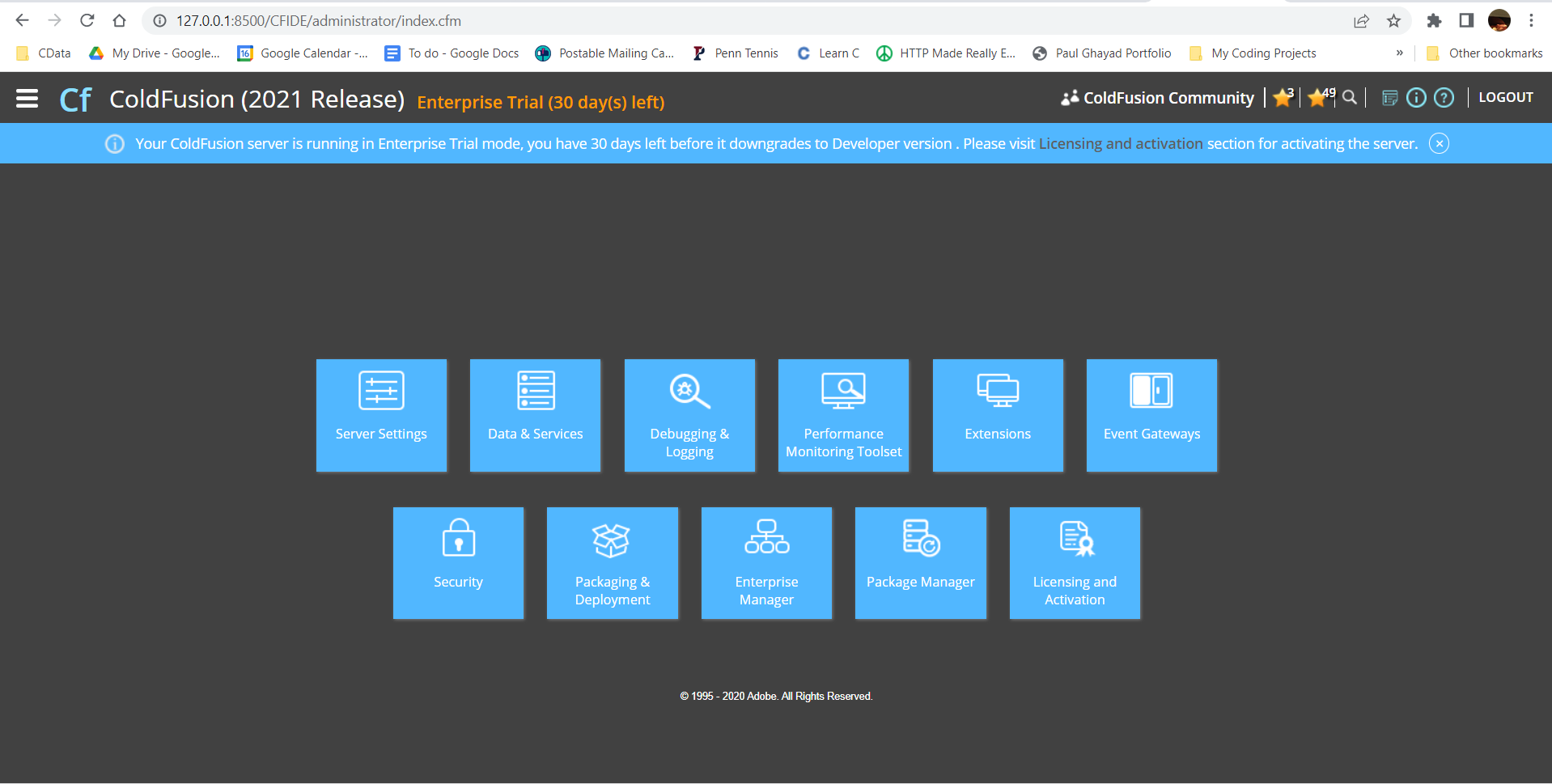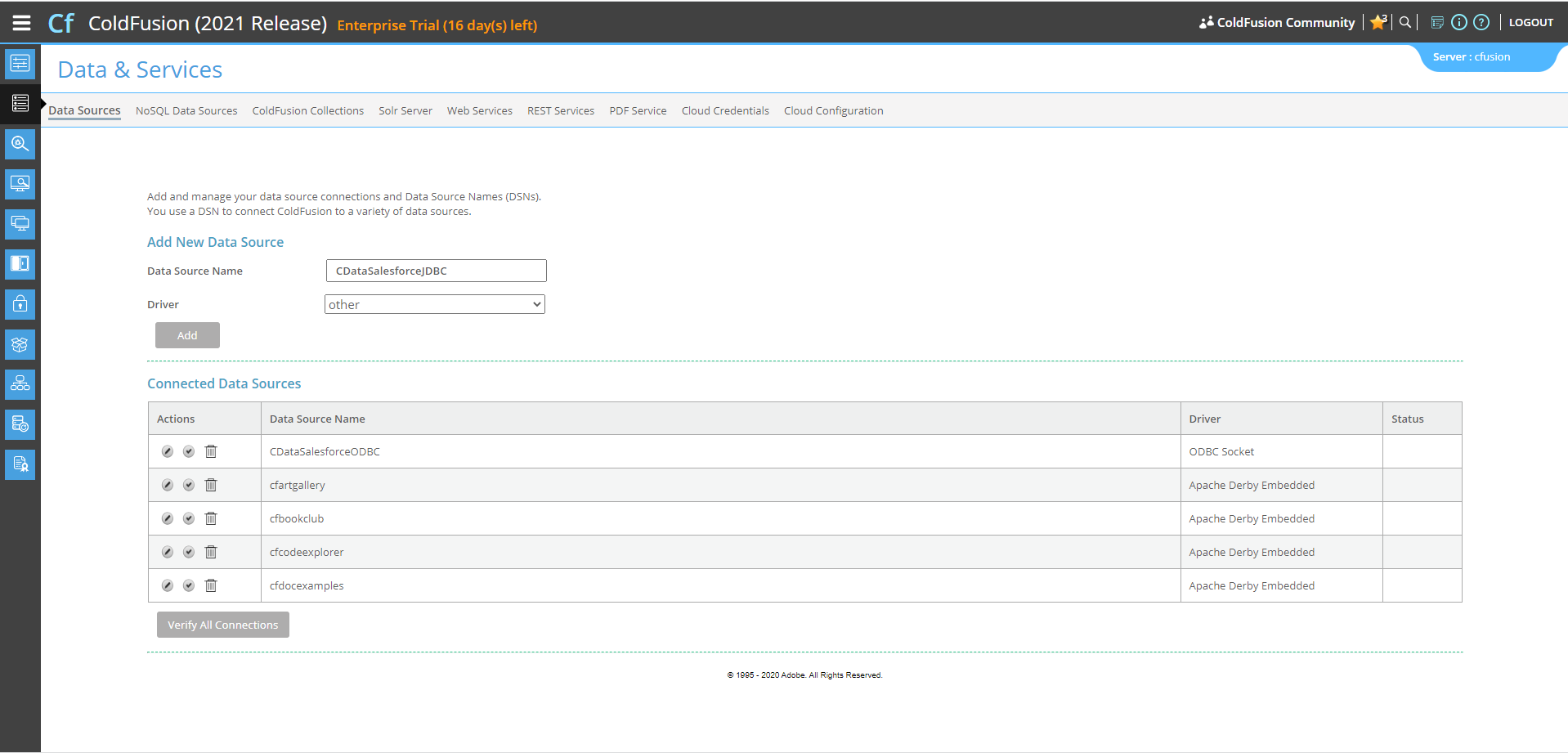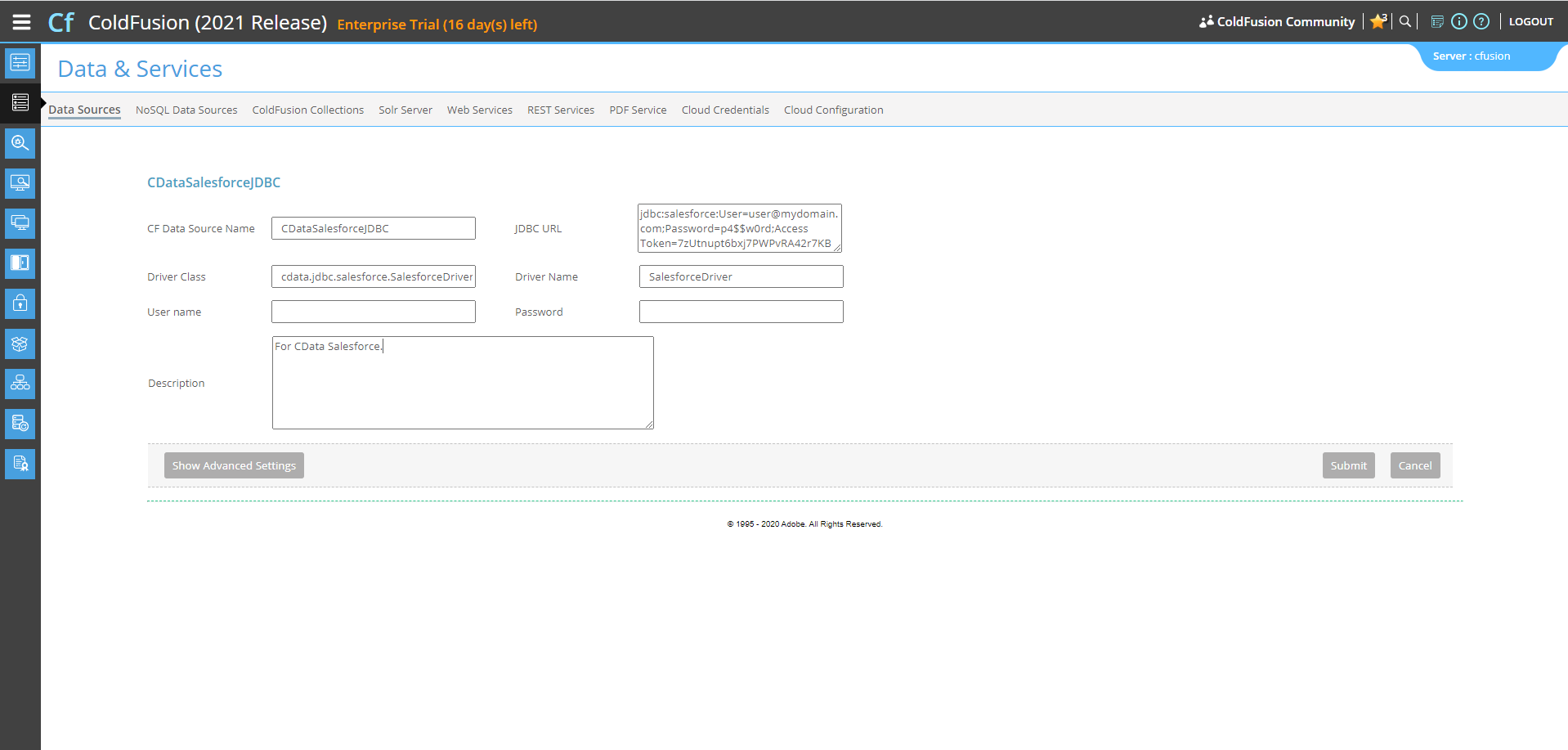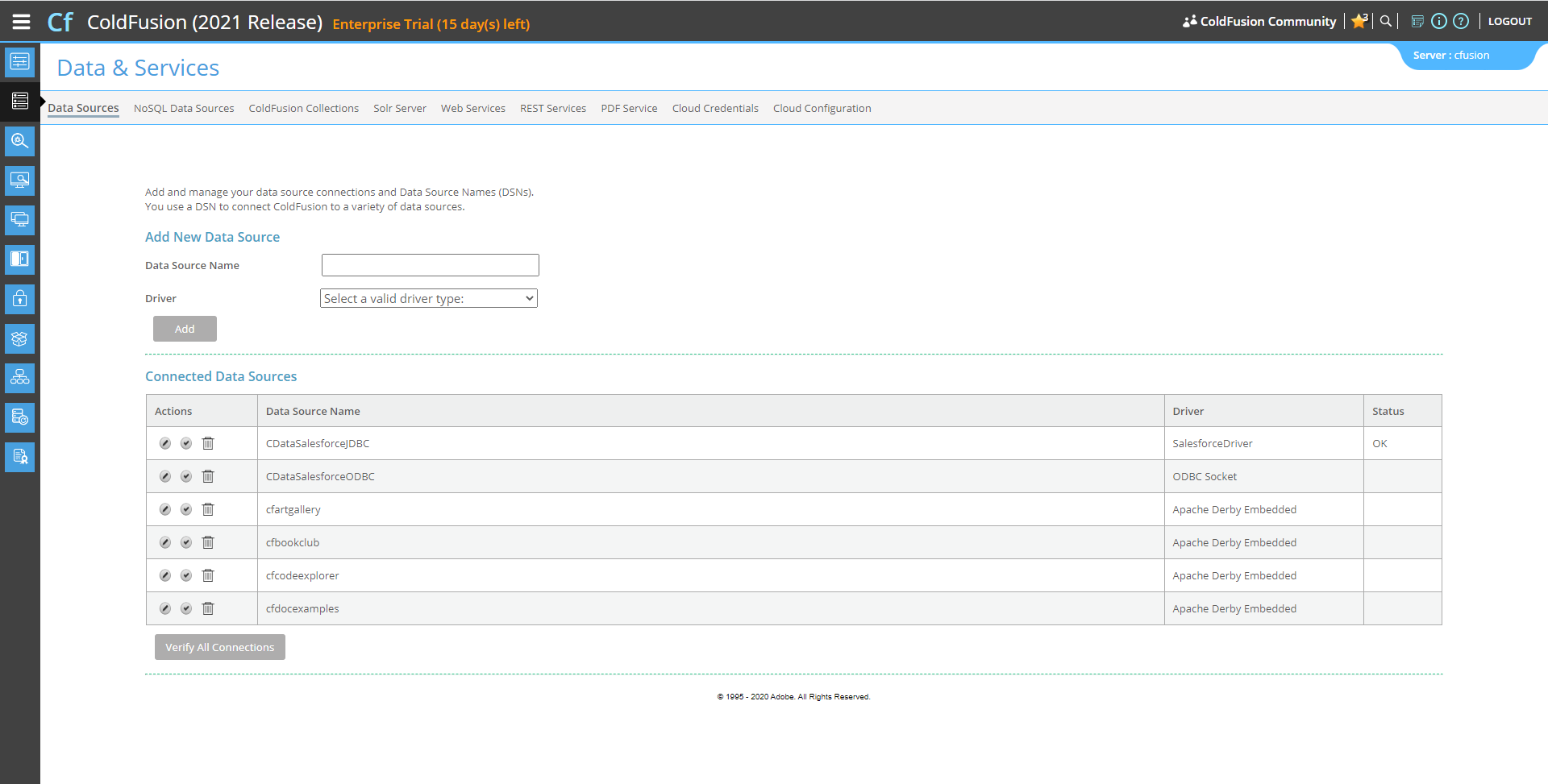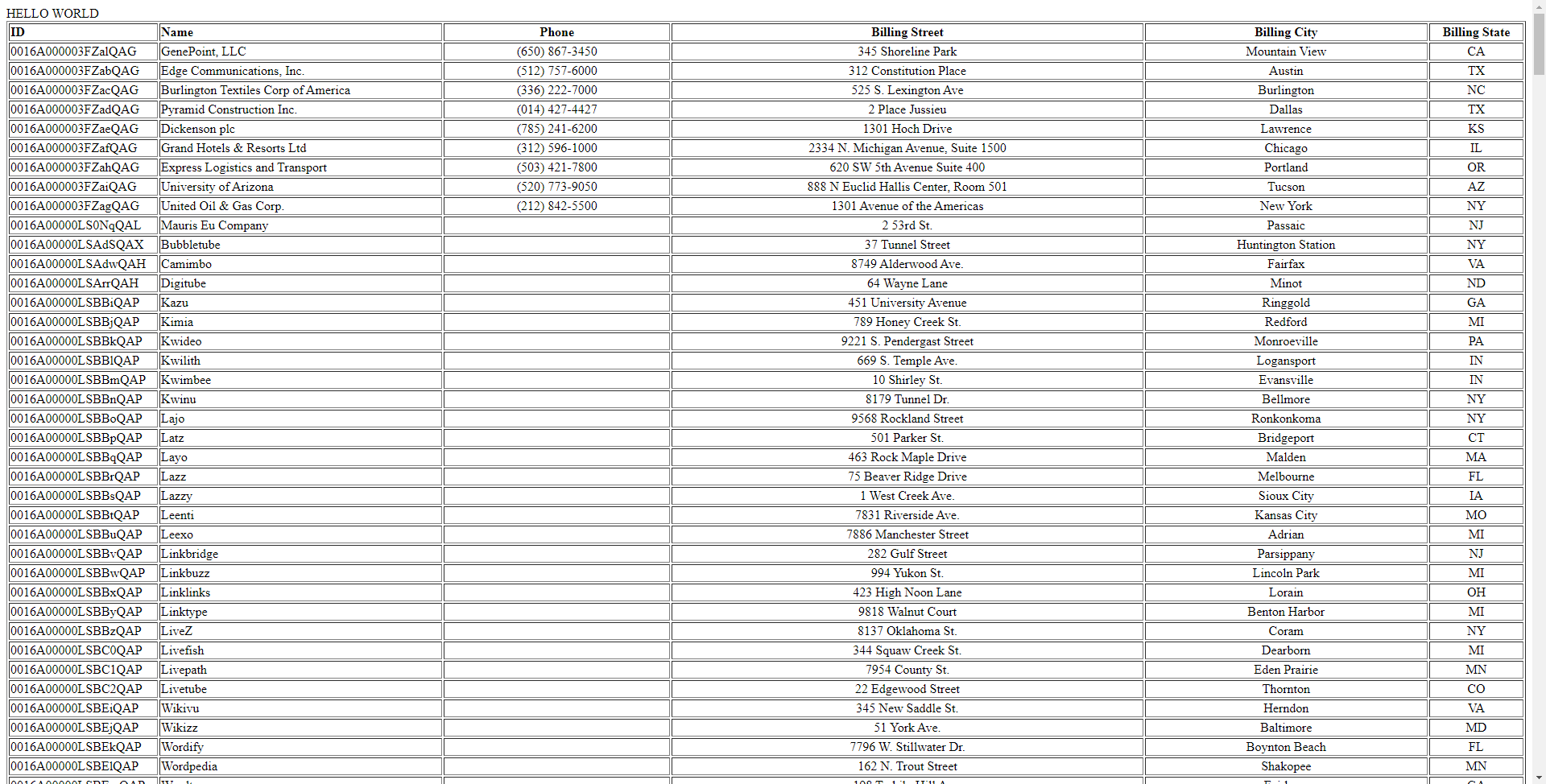Discover how a bimodal integration strategy can address the major data management challenges facing your organization today.
Get the Report →Import Real-Time SAP Ariba Source Data in ColdFusion to Build Applications
Use CData JDBC drivers to import and use SAP Ariba Source data in ColdFusion.
Adobe ColdFusion is a web and mobile application development platform. It uses its own scripting language, ColdFusion Markup Language (CFML), to create data-driven websites as well as generate remote services, such as REST.
When ColdFusion is paired with the CData JDBC Driver for SAP Ariba Source, you can link your ColdFusion web and mobile applications to operational SAP Ariba Source data. This allows for your applications to be more robust and complete. This article details how to use the JDBC driver to create a table populated with SAP Ariba Source data from within a ColdFusion markup file.
With built-in optimized data processing, the CData JDBC Driver offers unmatched performance for interacting with live SAP Ariba Source data. When you issue complex SQL queries to SAP Ariba Source, the driver pushes supported SQL operations, like filters and aggregations, directly to SAP Ariba Source and utilizes the embedded SQL engine to process unsupported operations client-side (often SQL functions and JOIN operations). Its built-in dynamic metadata querying allows you to work with and analyze SAP Ariba Source data using native data types.
Configuring the Connection to SAP Ariba Source
You will need a JDBC connection string to establish a connection between Coldfusion and SAP Ariba Source.
In order to connect with SAP Ariba Source, set the following:
- API: Specify which API you would like the provider to retrieve SAP Ariba data from. Select the Supplier, Sourcing Project Management, or Contract API based on your business role (possible values are SupplierDataAPIWithPaginationV4, SourcingProjectManagementAPIV2, or ContractAPIV1).
- DataCenter: The data center where your account's data is hosted.
- Realm: The name of the site you want to access.
- Environment: Indicate whether you are connecting to a test or production environment (possible values are TEST or PRODUCTION).
If you are connecting to the Supplier Data API or the Contract API, additionally set the following:
- User: Id of the user on whose behalf API calls are invoked.
- PasswordAdapter: The password associated with the authenticating User.
If you're connecting to the Supplier API, set ProjectId to the Id of the sourcing project you want to retrieve data from.
Authenticating with OAuth
After setting connection properties, you need to configure OAuth connectivity to authenticate.
- Set AuthScheme to OAuthClient.
- Register an application with the service to obtain the APIKey, OAuthClientId and OAuthClientSecret.
For more information on creating an OAuth application, refer to the Help documentation.
Automatic OAuth
After setting the following, you are ready to connect:
-
APIKey: The Application key in your app settings.
OAuthClientId: The OAuth Client Id in your app settings.
OAuthClientSecret: The OAuth Secret in your app settings.
When you connect, the provider automatically completes the OAuth process:
- The provider obtains an access token from SAP Ariba and uses it to request data.
- The provider refreshes the access token automatically when it expires.
- The OAuth values are saved in memory relative to the location specified in OAuthSettingsLocation.
Built-in Connection String Designer
For assistance in constructing the JDBC URL, use the connection string designer built into the SAP Ariba Source JDBC Driver. Either double-click the JAR file or execute the jar file from the command-line.
java -jar cdata.jdbc.saparibasource.jar

Adding a Data Source and Creating a Table
After configuring the connection, follow the steps below to add the CData JDBC Driver to ColdFusion's lib directory, add a new data source, test the connection, create a ColdFusion markup file, and, finally, make a real-time connection with SAP Ariba Source data and display it in a table written in the ColdFusion Markup Language, or CFML:
-
Copy the JDBC Driver for SAP Ariba Source and lic file from "C:\Program Files\CData[product_name]\lib" to
"C:\ColdFusion2021\cfusion\wwwroot\WEB-INF\lib".
cdata.jdbc.saparibasource.jar cdata.jdbc.saparibasource.licNote: If you do not copy the .lic file with the jar, you will see a licensing error that indicates you do not have a valid license installed. This is true for both the trial and full versions.
-
From the ColdFusion administrator interface, choose Data & Services.
![Selecting Data & Services]()
-
Here, we can "Add New Data Source". The data source name can be any name, provided it conforms to the ColdFusion
variable naming conventions. For our JDBC driver, choose "other", then click the "Add" button.
![Adding Data Source Name]()
-
Next, populate the driver properties.
- JDBC URL will need to be in the format: jdbc:saparibasource:|connectionString|.
- A typical connection string looks like this:
jdbc:saparibasource:API=SupplierDataAPIWithPagination-V4;APIKey=wWVLn7WTAXrIRMAzZ6VnuEj7Ekot5jnU;Environment=SANDBOX;Realm=testRealm;AuthScheme=OAuthClient;InitiateOAuth=GETANDREFRESH
- The Driver Class is: cdata.jdbc.saparibasource.SAPAribaSourceDriver
- The Driver Name is arbitrary and simply used to recognize the data source in the ColdFusion administration console.
![Populating driver properties]()
-
Now, test the connection by clicking the check mark to the left of the CDataSAP Ariba SourceJDBC data source you just created.
When the data source reports an "OK" status, it is ready for use.
![Testing the connection]()
-
Next, create a new ColdFusion Markup file (.cfm) and place it in the wwwroot directory ("C:\ColdFusion2021\cfusion\wwwroot")
for ColdFusion.
The following code queries the data source:
<cfquery name="SAP Ariba SourceQuery" dataSource="CDataSAP Ariba SourceJDBC"> SELECT * FROM Vendors </cfquery>And a CFTable can be used to quickly output the table in HTML:<cftable query = "SAP Ariba SourceQuery" border = "1" colHeaders colSpacing = "2" headerLines = "2" HTMLTable maxRows = "500" startRow = "1"> <cfcol header="<b>SMVendorID</b>" align="Left" width=2 text="SMVendorID"/> <cfcol header="<b>Category</b>" align="Left" width=15 text="Category"/> ... </cftable>Full code, including the HTML portion is available below:<html> <head><title>CData Software | SAP Ariba Source Vendors Table Demo </title></head> <body> <cfoutput>#ucase("SAP Ariba Source Vendors Table Demo")#</cfoutput> <cfquery name="SAP Ariba SourceQuery" dataSource="CDataSAP Ariba SourceJDBC"> SELECT * FROM Vendors </cfquery> <cftable query = "SAP Ariba SourceQuery" border = "1" colHeaders colSpacing = "2" headerLines = "2" HTMLTable maxRows = "500" startRow = "1"> <cfcol header="<b>SMVendorID</b>" align="Left" width=2 text="SMVendorID"/> <cfcol header="<b>Category</b>" align="Left" width=15 text="Category"/> ... </cftable> </body> </html> -
Finally, run the code locally in a browser at the default port of 8500. It produces a table populated with SAP Ariba Source data!
![Running the code]()
As a note, the CData JDBC Drivers also support parameterized queries using the cfqueryparam element.
For example:
SELECT * FROM Account WHERE name =
Get Started Today
Download a free, 30-day trial of the CData JDBC Driver for SAP Ariba Source and start building SAP Ariba Source-connected applications with Adobe ColdFusion. Reach out to our Support Team if you have any questions.






